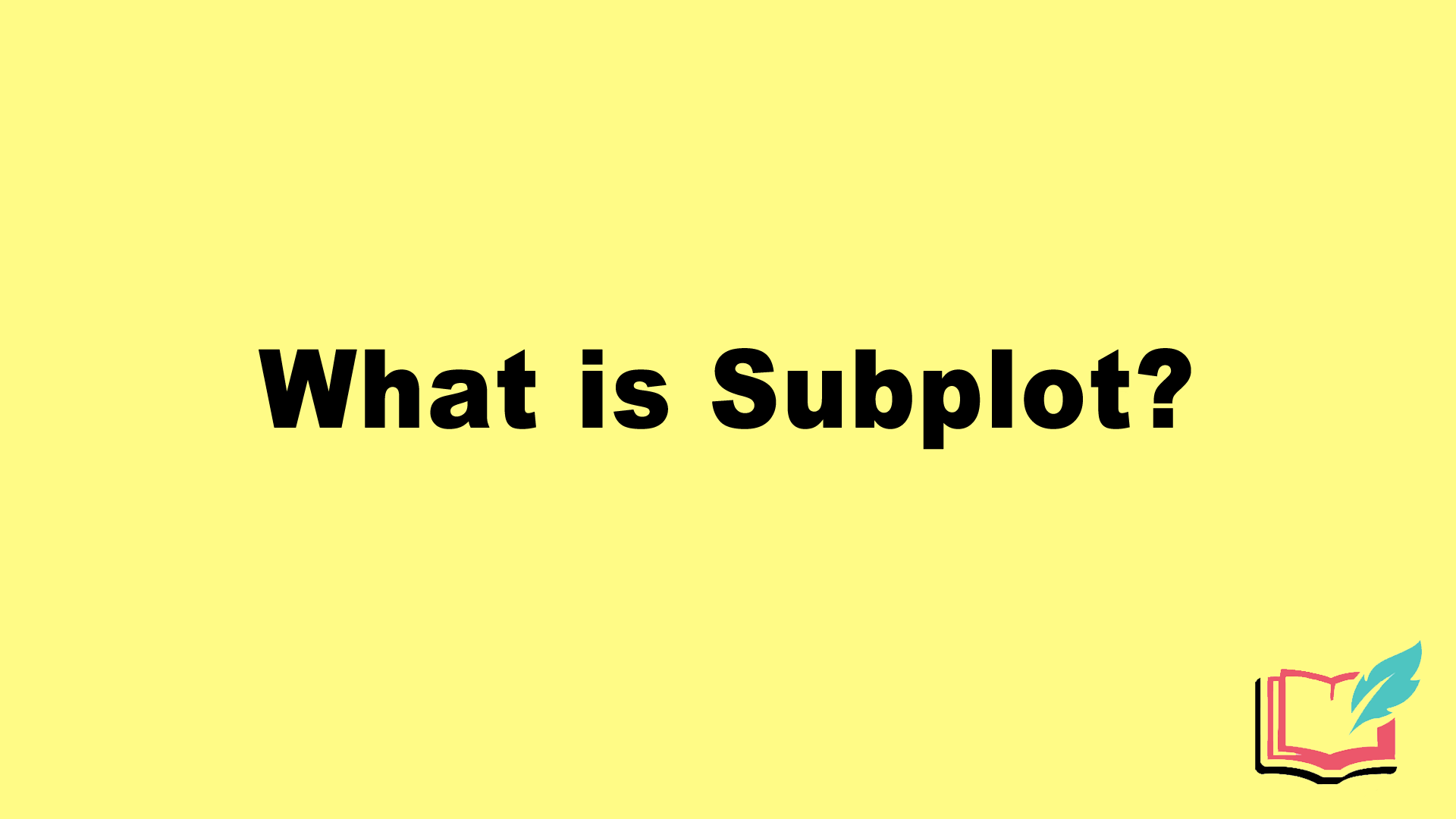
Subplot is a literary technique in which a secondary plot that runs in conjunction with the main plot for the purpose of supporting and enhancing the main plot. Subplot helps to develop a story’s complexity.
What is a Subplot?
Subplot is a side narrative that supports the main storyline by adding layers of complexity to the main storyline. Subplots are stand-alone stories by themselves but work better by adding elements such as backstory and details about minor characters which help to enhance the main story’s characters, settings, etc.
Subplots do not always intersect with the main plot and can take the story away from the main protagonist and antagonist for a while in a way that is meant to enhance the dynamic nature of the overall story. Even though subplots are their own stories that can stand alone, they generally relate back to the main plot thematically, in the setting, or through characters and action.
For example, in the hit American sitcom, Friends “The One with the Blackout,” most of the friends are together in Monica and Rachel’s apartment and experience a series of events that all tie together. Meanwhile, in a subplot of his own, Chandler is locked in an ATM vestibule with a model and is dying to return to his friends just to tell them that he was locked in with a model.
Popular Examples of Subplot
Chimamanda Ngozi Adichie’s Americanah is a story about a young Nigerian woman who learns about finding her own sense of self in a complicated world. The novel uses subplots in which the narrator will stop the action following her own life in order to tell about events that happened to her friends. This helps to show the importance of her inner social circle to her development as a person.
The film Forest Gump uses subplots in order to full round Forest out as a character. Subplots are used to show his past experiences with other people and how that shaped him as an adult. Forest’s love for Jenny, who he has known since he was a child, is fully developed in subplots that show more of who Jenny is outside of her relationship with Forest. This helps to create a full picture of how the two have come to know and understand each other.
The Importance of Subplot
A major function of subplot is to help develop secondary characters or other main characters aside from the main protagonist more fully. The additional backstory on characters not only adds to the overall development of the main plot, but it more fully develops important characters, showing why they matter so much.
Since subplots run parallel to the main story, they also serve to add contract and a level of expansion to the main storyline. This adds a dynamic complexity and builds a character’s storyline more fully, which often helps make space for audiences to relate to and feel connected with the story’s characters. Backstory can make characters more empathetic to the audience which means the audiences are invested more fully in what happens in the rest of the narrative.
Technically speaking, subplots enhance the structure of a story because using subplots can be a good way to introduce new characters, strengthen the thematic elements, increase or decrease tension and suspense, introduce conflicts, enhance mood, provide plot twists, and teach moral lessons.
How Subplots are Used in Literature
In William Shakespeare’s Hamlet, subplots are used throughout the play to enhance the growing sense of madness and discontent that Hamlet is experiencing. One subplot uses the play within a play technique that refers to his father’s murder at the hands of Claudius:
Trumpets sound. The dumb show begins.
Enter a King and a Queen very lovingly, the Queen embracing him and he her. She knels and makes show of protestation unto him. He takes her up and declines his head upon her neck, lays him down upon a bank of flowers. She, seeing him asleep, leaves him. Anon comes in a fellow, takes off his crown, kisses it, pours poison in the King’s ears, and exits. The Queen returns, finds the King dead, and makes passionate action. The Poisoner, with some two or three Mutes, comes in again, seeming to lament with her. The dead body is carried away. The Poisoner woos the Queen with gifts. She seems loath and unwilling awhile, but in the end accepts his love.
Charles Dickens novels are usually full of complex webs of subplots, and Great Expectations is no exception. One subplot helps to explain Pip’s relationship with money as it is revealed that Pip is more concerned with the finances of those he loves than he is with his own. Pip goes to great lengths in this subplot to help Herbert find the money he needs.
Recap: What is Subplot in Literature?
Subplot is a secondary plotline to the main plot that enhances the overall storyline by adding complexity and depth to characters and events. Subplot makes a story more dynamic and engaging to the readers and can make characters more sympathetic to the audience.
